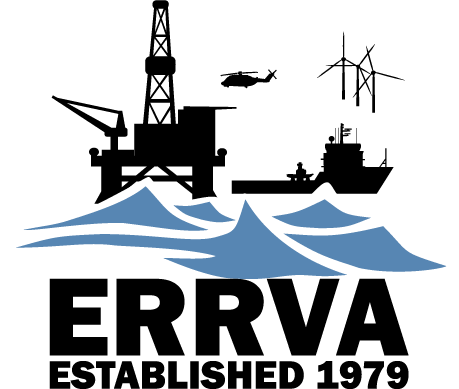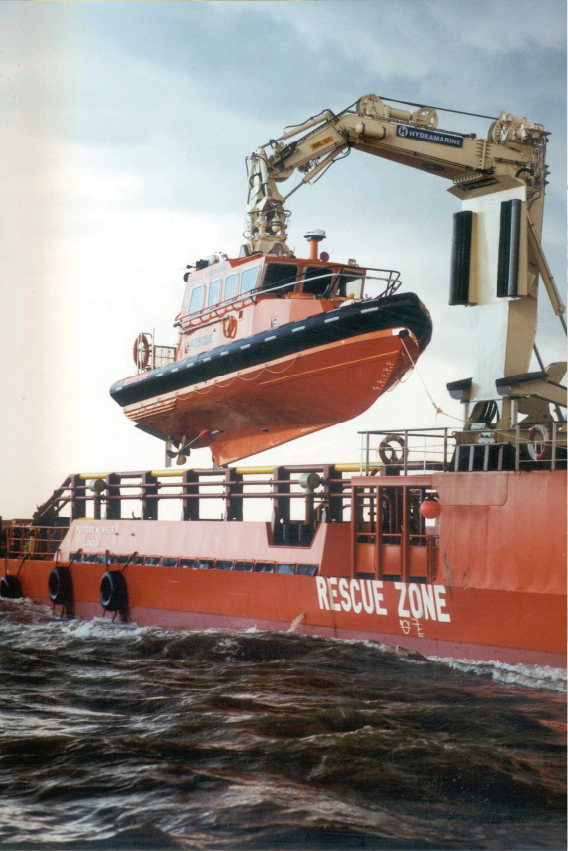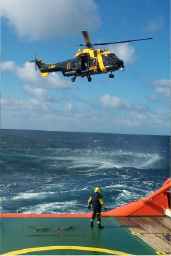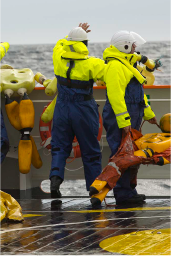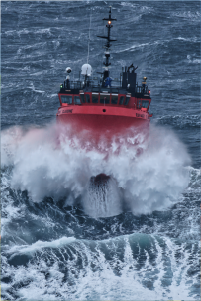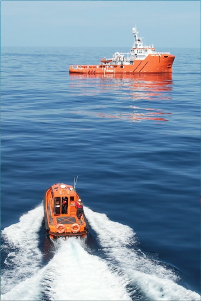How are Survivors Rescued?
ERRVs provide 24/7 recovery and rescue services throughout the year, rescuing individuals from offshore installations who enter the sea directly or via life-saving appliances.
Rescue operations are typically conducted using Fast Rescue Craft (FRC) or Fast Rescue Daughter Craft (DC). FRCs are small, highly manoeuvrable rigid inflatable boats, around 7 meters long, manned by a crew of three. Each ERRV carries at least two FRCs. Some ERRVs also carry larger Daughter Craft (DC) equipped with enclosed wheelhouses and navigational and communication equipment. DCs can operate independently at remote locations up to 10 nautical miles from the ERRV.
In adverse weather conditions, when the use of FRCs is impossible, survivors are rescued using specialist equipment that lifts them directly from the sea onto the ERRV.
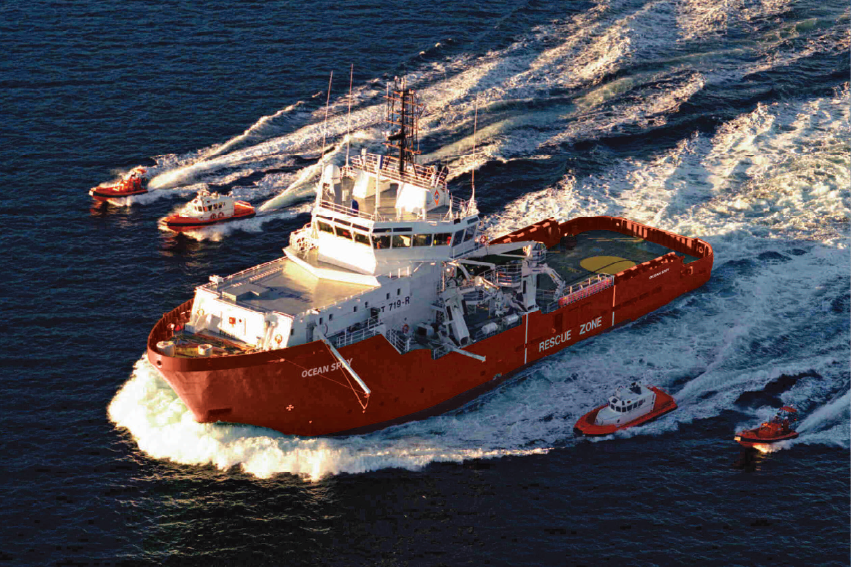
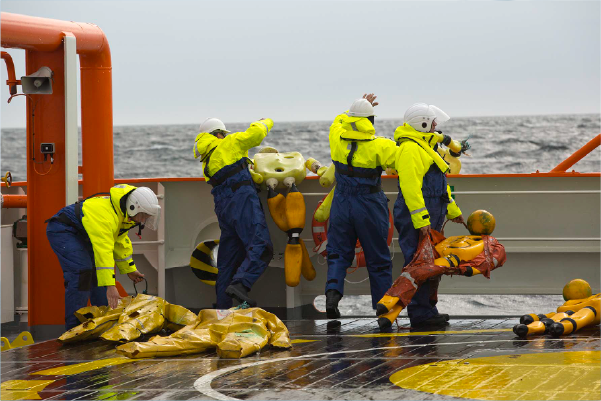
What Happens to a Survivor Once on Board an ERRV?
Upon rescue, survivors are cared for in specially equipped treatment rooms by crew members trained in medical and survival aid. If a survivor requires specialist attention, they can be transferred by helicopter, involving a winch operation from the ERRV’s deck.
How Many Rescues Have ERRVs Undertaken?
Since 1968, ERRVs have rescued over 600 people, with approximately 60% of these rescues being related to the energy industry. In 1988, ERRVs rescued a total of 114 people from the Piper Alpha production platform (37) and the drilling units Ocean Odyssey (38) and Glomar Labrador (39).
What Other Duties Do ERRVs Perform?
ERRVs play a critical role in monitoring all vessels in the vicinity and “warning off” any ships that pose a collision risk to installations. Equipped with Automatic Radar Plotting Aid (ARPA) Radars and Automatic Identification System (AIS) transceivers, ERRVs can detect and identify nearby vessels and assess collision threats. If a threat is identified, the Installation Manager is advised to initiate mustering and prepare for potential abandonment.
Additionally, ERRVs may perform other duties such as inter-field cargo operations, towage assistance, and pollution control. ERRVs also operate Daughter Craft to provide additional in-field support to Operators when the ERRV is engaged in nearby operations.
ERRV Masters and Mates are specially trained to take initial control of rescue activities during major offshore incidents until emergency onshore support centres can coordinate the entire rescue operation.
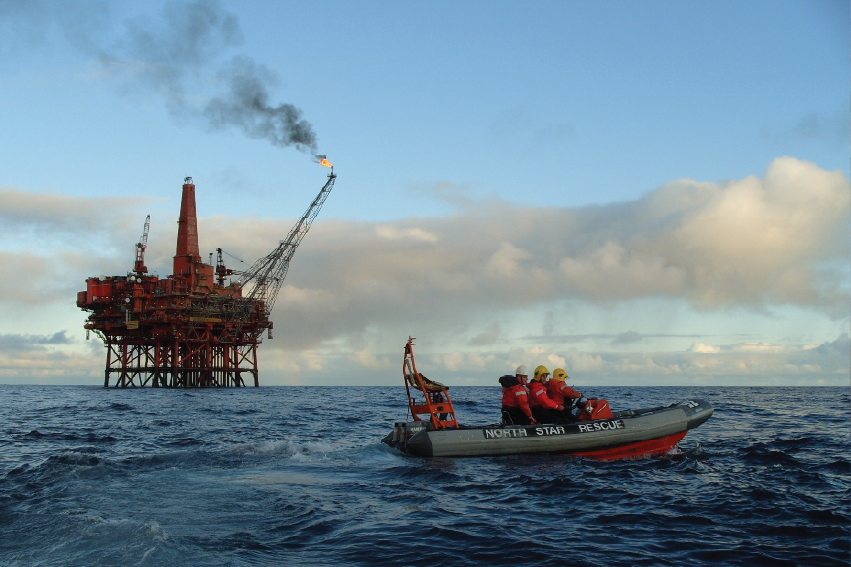
Discover More
Offshore emergency response vessels (ERRV) play a pivotal role in ensuring safety and operational efficiency in maritime environments. From adhering to guidelines to offering essential services, ERRVA’s contributions are multifaceted and indispensable. Discover more about how ERRVA keeps the offshore sector secure and efficient
